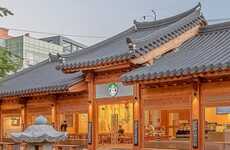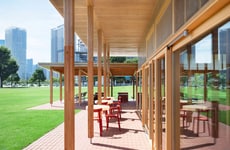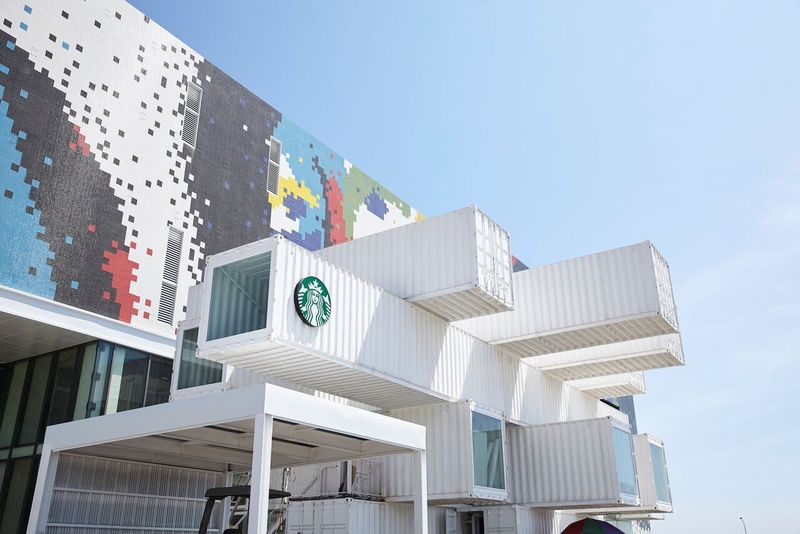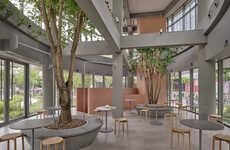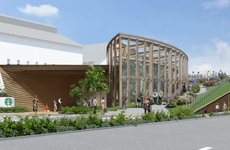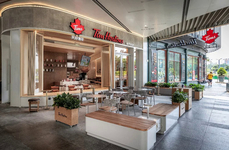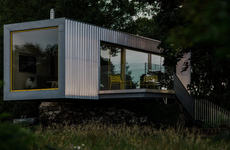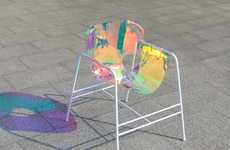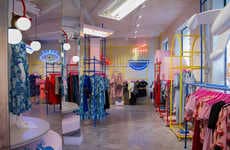
The Hualien Bay Mall Starbucks by Kengo Kuma is Located in Taiwan
Michael Hemsworth — October 4, 2018 — Business
The Hualien Bay Mall Starbucks has been designed by Japan-based architect Kengo Kuma as a new location for the coffee brand that is located in Taiwan and sure to offer a distinctly unorthodox appearance amidst surrounding structures.
The cafe is made using a total of 29 shipping containers that work to offer a total of 3,444 square feet of retail and seating space that is spread over two floors. The containers have all been reinforced, modified and painted to give them a stylish aesthetic that doesn't skimp when it comes to ample area for the brand to operate.
The Hualien Bay Mall Starbucks comes as the brands 45th example of a shipping container cafe that speaks to its penchant for stressing sustainability in architectural terms.
The cafe is made using a total of 29 shipping containers that work to offer a total of 3,444 square feet of retail and seating space that is spread over two floors. The containers have all been reinforced, modified and painted to give them a stylish aesthetic that doesn't skimp when it comes to ample area for the brand to operate.
The Hualien Bay Mall Starbucks comes as the brands 45th example of a shipping container cafe that speaks to its penchant for stressing sustainability in architectural terms.
Trend Themes
1. Shipping Container Architecture - Innovations in designing and constructing buildings from shipping containers create opportunities for businesses to decrease their environmental impact while still providing functional structures.
2. Pop-up Retail Spaces - The use of shipping containers to quickly create retail spaces offers businesses an affordable and flexible option to explore new markets and engage with customers in unique ways.
3. Sustainable Branding - By incorporating sustainable architecture into their branding strategies, businesses can demonstrate their commitment to environmental responsibility and attract eco-conscious consumers.
Industry Implications
1. Food and Beverage - Incorporating shipping container architecture into food and beverage businesses presents opportunities to experiment with unique atmospheres and designs while also emphasizing sustainability in their branding.
2. Retail - Using shipping containers to create retail spaces presents an opportunity for businesses to quickly and affordably test new markets or create temporary pop-up shops.
3. Architecture and Design - Shipping container architecture represents a disruptive innovation within the field of architecture and design, offering new opportunities to create functional, sustainable, and aesthetically pleasing structures.
6.8
Score
Popularity
Activity
Freshness


